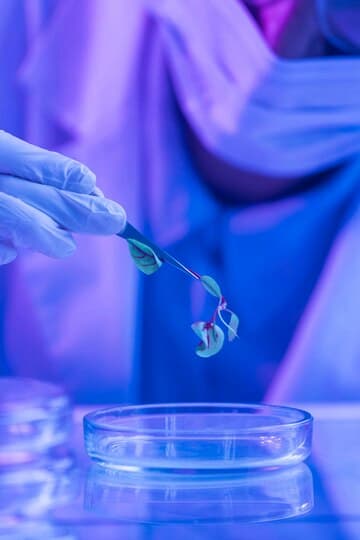- 10400 CONNECTICUT AVE STE 206 KENSINGTON MD 20895-3941
- 301-260-2601

One primary advantage of PRP therapy is its ability to expedite healing and promote tissue regeneration, particularly beneficial for musculoskeletal injuries such as tendonitis, ligament injuries, and osteoarthritis. Additionally, PRP therapy has shown promising results in promoting hair growth and rejuvenating the skin, establishing its significance in the field of aesthetics.
PRP therapy offers numerous benefits over traditional treatments. Since it uses the patient’s own blood, the risk of rejection or allergic reactions is minimal. Moreover, PRP therapy is minimally invasive and typically requires little downtime, enabling patients to resume their normal activities shortly after treatment.
Ongoing research continues to expand our understanding of the efficacy of PRP therapy, with studies exploring its potential applications across various medical specialties. As our knowledge of PRP deepens, we expect its role in regenerative medicine to evolve, providing new avenues for enhancing patient outcomes and quality of life.
In conclusion, PRP therapy represents a promising frontier in regenerative medicine, leveraging the body’s innate healing mechanisms to address injuries, promote tissue regeneration, and improve aesthetic concerns. As research progresses, PRP is poised to become an integral component of modern medical practice, offering hope for patients seeking effective and natural treatment options.